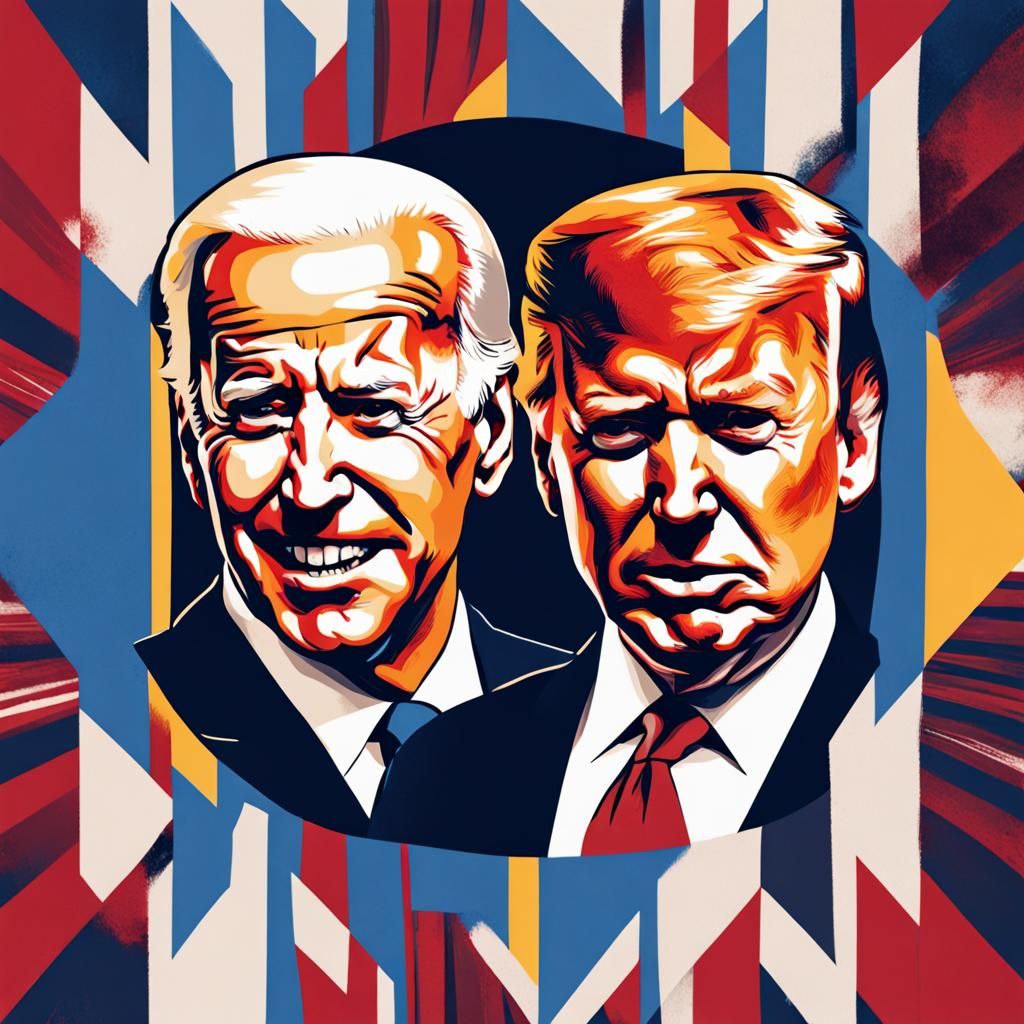The 2024 U.S. Presidential Election: Analyzing the Socio-Economic Impact of Donald Trump's Victory
The 2024 U.S. Presidential Election: Analyzing the Socio-Economic Impact of Donald Trump's Victory
The 2024 U.S. presidential election was a defining moment, marking Donald Trump’s return to the White House after a four-year hiatus. With promises of bold policy changes and a renewed focus on "America First," this election offers a unique lens through which to examine shifts in voter behavior, policy implications, and socio-economic impacts.
Understanding the Voter Demographics of 2024
The voter landscape in 2024 reflected deepening divisions yet also notable shifts:
- Rural and Suburban Voters:
Trump maintained a stronghold in rural America, with significant gains in suburban areas, driven by his economic agenda and emphasis on traditional values.
- Youth Voters:
Surprisingly, a larger portion of the youth vote leaned toward Trump compared to 2020, influenced by his stance on job creation and economic growth.
- Minority Groups:
While Trump’s support among minority groups remained a minority share, incremental gains were evident, particularly among Hispanic and African American males, attributed to targeted outreach and economic policy promises.
Key Policies Proposed by Trump in 2024
Trump's campaign focused heavily on:
- Economic Revitalization:
Promises of tax cuts, deregulation, and incentives for domestic manufacturing to curb inflation and reduce unemployment.
- Immigration Reform:
A return to strict border controls and revised pathways for legal immigration.
- Healthcare:
Proposals for market-driven healthcare solutions aimed at lowering costs but raising concerns over accessibility for low-income families.
- Energy Independence:
Investments in fossil fuels coupled with a pushback against green energy initiatives.
Socio-Economic Indicators to Watch
To fully understand the impact of this election, several socio-economic factors must be closely monitored:
1. Economic Performance and Job Creation
Trump’s focus on deregulation and tax reform aims to stimulate economic growth. Early indicators show positive market responses, but the long-term impact on wage growth and employment diversity remains uncertain.
2. Healthcare Access
The proposed shift towards privatized healthcare could lower costs for some, but may widen the gap in access, particularly affecting marginalized communities. The challenge lies in balancing innovation with inclusivity.
3. Social Justice and Civil Liberties
While the administration promises law and order, critics fear a rollback of civil liberties. Social movements and public discourse around racial and gender equality will likely face renewed scrutiny.
4. Global Relations and Trade
Trump's foreign policy pivot back to unilateralism may impact international trade dynamics, with potential economic ripple effects. U.S.-China relations, in particular, will play a critical role in shaping global markets.
Historical Context: Lessons from the Past
The 2024 election draws parallels with past cycles, notably Trump’s own 2016 win, which brought a seismic shift in political norms. However, the context of post-pandemic recovery and rising global tensions introduces new complexities. Voter sentiment this year underscores a desire for economic stability and national security, themes resonant from the 1980s Reagan era but adapted for modern challenges.
Immediate and Long-Term Effects
- Immediate Effects:
A surge in market optimism, legislative battles over proposed reforms, and potential shifts in judicial appointments.
- Long-Term Effects:
The socioeconomic gap may widen without balanced policies, while shifts in voter alliances could redefine party strategies for decades.
Conclusion
Donald Trump’s victory in 2024 marks a pivotal chapter in U.S. history. Its impact will resonate across economic, social, and political arenas, shaping the nation’s trajectory. The coming years will be crucial in determining whether his policies deliver on promises or exacerbate existing disparities.



